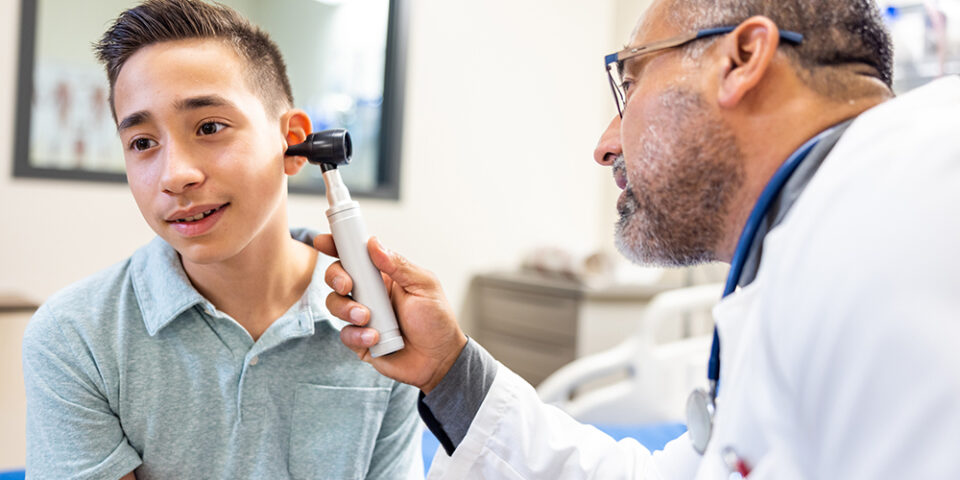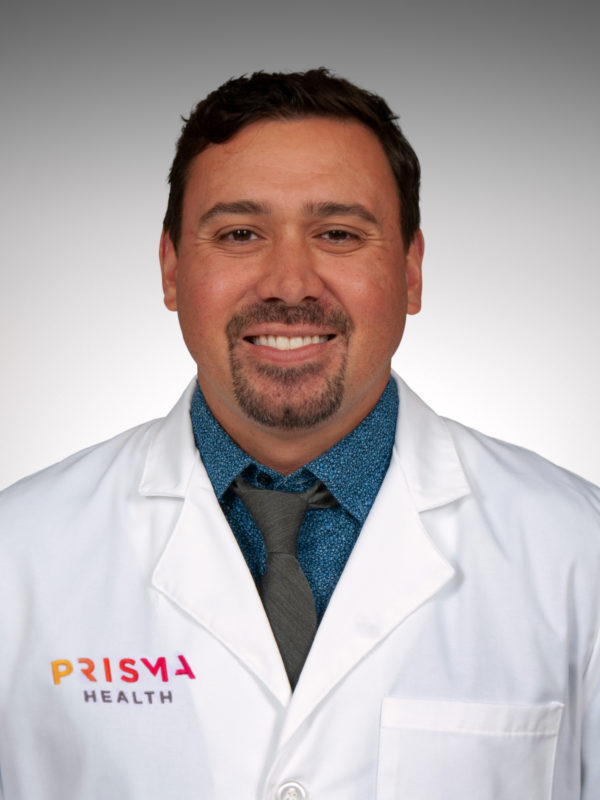Transitioning from child to adolescent care: What parents (and kids!) need to know
Doctor’s appointments as a parent to small children follow a predictable routine. The doctor speaks with you about your child’s schedule, how they spend their days, what vaccinations they may be needing and answers questions about their development and overall health.
But what happens when it’s time to transition from child to adolescent care? How do you know if you still need to be in the room during the appointment and when to let your child start taking more control over their health?
Adolescent medicine specialist Michael Guyton-Nunley, Jr., MD, answered our questions on transitioning from child to adolescent care and what parents need to know.
At what age will a doctor start treating a young patient as an adolescent vs. as a child?
“This will vary depending on the individual doctor and specific medical practice, but generally we say our kids enter adolescence around ten years old,” said Dr. Guyton.
Changes to body odor and hair growth, the appearance of breast buds, the first menstruation, acne and voice changes are all common beginning at around this age.
What are some changes to your child’s doctor appointments that happen as they age into adolescent care?
“One thing that does stay the same is that we still recommend that adolescents have their yearly well-child visit with their doctor,” said Dr. Guyton. “However, what we talk about and what we focus on will change based on your child’s needs.”
Your child’s doctor may focus on topics like mental health, relationships with friends or romantic partners, academic advancement and transition or how your child is navigating the changing social norms as they age. It’s not uncommon for adolescents to need more visits during the year than younger children to help them stay on track with their medical and life goals.
At what age should a teenage girl start seeing a gynecologist?
“We recommend that girls have their first “well woman” visit with a gynecologist by age 21, since that’s when it’s recommended that they receive their first Pap smear, a screening for potential cervical cancer,” said Dr. Guyton.
Still, there could be other issues or concerns that a gynecologist can help with, such as any problems with irregular or painful menstrual cycles, pelvic pain or need for contraception. Pediatricians who focus on adolescent and young adult medicine do often provide those services, but general pediatric offices often refer patients to gynecologists.
Doctors like to have a strong, solid foundation built when it comes to providing patient care, and gynecologists are generally happy to be involved in the care and guidance of adolescent patients when asked.
Are there any physicians besides a regular pediatrician that a teenager may need to regularly see?
“I always make sure to support a relationship with a dental provider through adolescence,” said Dr. Guyton. “Teens usually need cleaning about every six to twelve months, and dental health is something that needs to be prioritized throughout life. Making it a priority when you’re young helps it remain a priority as you grow up.”
Whether or not an adolescent patient would need to see other providers really depends on their specific medical or mental health concerns. Dr. Guyton noted that it’s common for adolescents to see multiple providers, including therapists, ophthalmologists or dietitians at various times throughout their teenage years.
Get kid-friendly care
Our pediatric experts can help your kids and teens be their healthiest.
Find a Pediatric Doctor

